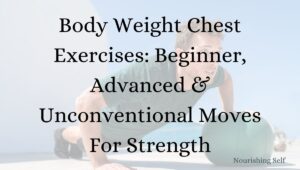
Best 6 Day Workout Split: How To Break Up Your Workouts Across The Week
The 6 day workout split is a popular training routine that involves dedicating each day of the week to a specific muscle group or set of muscles. This structured approach allows for targeted training and maximum muscle development.
Unlike traditional full-body workouts or other splits that focus on specific muscle groups over longer intervals, the 6 day workout split allows for more frequent and intense training sessions. By allocating an entire day exclusively for certain muscle groups, you can concentrate on working those muscles to their full potential.
With consistency and dedication, following a 6 day workout split can yield incredible results in terms of strength gain and muscle growth.
However, it’s important to remember that this type of program is more suitable for intermediate or advanced individuals who have already established a solid foundation in strength training. If you’re just starting out on your fitness journey or have any underlying health concerns, it’s crucial to consult with a professional trainer before diving into intense workouts like these.
- What Is The Best 6 Day Workout Split?
- Importance of Proper Planning and Recovery
- Best 6 Day Workout Split Breakdown
What Is The Best 6 Day Workout Split?
So why exactly should you consider embracing the 6 day workout split?
Firstly, by targeting different muscle groups on separate days, this routine allows sufficient recovery time for each group while maximizing overall training volume. It prevents overtraining while promoting optimal muscular development.
Moreover, dedicating an entire day solely to one muscle group enables you to focus your energy and attention on targeting those specific muscles. This helps ensure proper form, technique, and mind-muscle connection, which are all crucial for achieving effective muscle stimulation and growth.
The split allows for more exercise variations and a greater range of movements, providing ample opportunities to hit the muscles from various angles.
It encourages a well-rounded approach to fitness by balancing strength training with cardio exercises, leading to improved endurance, stamina, and overall fitness levels.
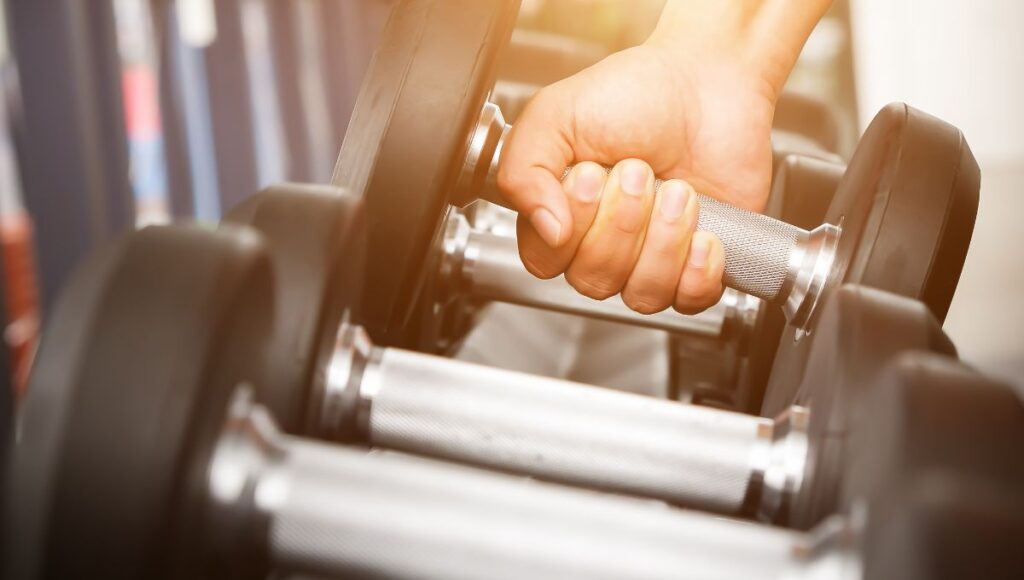
Importance of Proper Planning and Recovery
Now that we’ve grasped the best 6 day workout split, it’s important to highlight the significance of proper planning and strategic recovery within this regimen.
Planning your workouts in advance is crucial for organizing your training schedule efficiently and ensuring that each muscle group gets sufficient attention.
It’s essential to allocate appropriate rest days as part of your program to allow time for your body to recover and repair. Overtraining can lead to decreased performance, increased risk of injury, and hindered progress.
So don’t neglect those rest days! They’re just as important as the workout days themselves.
Incorporating proper recovery strategies such as stretching exercises, foam rolling sessions, quality sleep, adequate hydration, and balanced nutrition are also key components in optimizing your results from your workouts. These practices aid in reducing muscle soreness and preventing injuries caused by tight muscles or imbalances while supporting muscle growth and overall well-being.
Day 1: Chest and Triceps
Exercises targeting chest muscles (bench press, dumbbell flyes, push-ups)
When it comes to developing a well-rounded chest, there are a few key exercises that should be a part of your routine. The bench press, with its ability to target the entire chest area, is often considered the king of chest exercises.
It not only engages the pectoralis major but also recruits the triceps and front deltoids for assistance. To maximize gains, focus on maintaining proper form throughout the movement – keeping your elbows tucked in and lowering the barbell or dumbbells to touch your chest before pushing back up.
Dumbbell flyes are another fantastic exercise to add bulk and definition to your chest muscles. Lie on a flat bench with dumbbells in hand and lower them out to the sides until you feel a stretch in your pectoral muscles.
Remember to keep a slight bend in your elbows throughout the movement and avoid using excessive weight to prevent strain or injury. Push-ups may seem basic, but they are incredibly effective at engaging all areas of the chest.
Whether you choose standard push-ups or variations like wide-grip or decline push-ups, this bodyweight exercise can be easily modified based on your fitness level. Maintaining proper form with a straight line from head to toe is crucial for maximizing muscle activation.
Exercises targeting triceps muscles (tricep dips, tricep pushdowns, overhead extensions)
To complete an aesthetically balanced upper body workout, we must not forget about our triceps – those often-neglected muscles at the back of our arms that add definition and strength.
Tricep dips are an excellent compound exercise that targets not only the triceps but also engages the shoulders and chest as secondary muscle groups. Find parallel bars or use a sturdy bench, place your hands on the surface behind you, and lower your body until your arms are at a 90-degree angle.
Push yourself back up to the starting position and repeat.
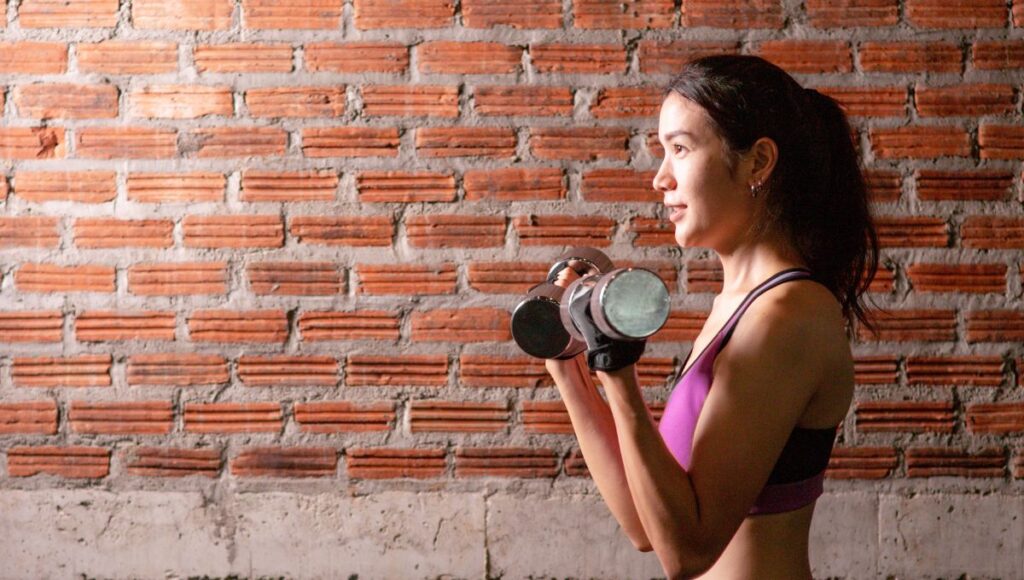
Tricep pushdowns, commonly performed using a cable machine, are perfect for isolating the triceps.
Attach a straight bar to the high pulley of the machine, grasp it with an overhand grip, and extend your arms downward until they are fully extended. Control the movement both during lowering and lifting phases to maximize muscle engagement.
Overhead tricep extensions can be performed with dumbbells or an EZ bar. Hold the weight overhead with both hands and slowly lower it behind your head by bending at the elbows until you feel a stretch in your triceps.
Extend your arms back up to complete one repetition. Remember to keep your upper arms stationary throughout this exercise.
Importance of proper form and technique for optimal results
While incorporating effective exercises into our workout routine is crucial for progress, maintaining proper form and technique cannot be emphasized enough.
Proper form ensures that targeted muscles are engaged optimally while minimizing stress on joints and connective tissues. When performing chest exercises like bench press or dumbbell flyes, focus on keeping your shoulder blades retracted throughout each repetition to prevent undue strain on the shoulders.
For tricep exercises such as tricep pushdowns or dips, avoid excessive swinging or using momentum as it takes away from targeting these specific muscles effectively.
Controlling movements throughout both concentric (lifting) and eccentric (lowering) phases of an exercise allows for better muscle activation and development.
Avoid rushing through repetitions; instead, strive for slow and controlled movements to maximize time under tension.
Remember that mastering proper form might require practice and patience but is well worth it in terms of injury prevention, strength gains, muscle growth, and overall progression.
Day 2: Back and Biceps
Exercises targeting back muscles
Incorporating exercises that target all the major muscle groups is key.
Deadlifts are an excellent compound exercise that engages not only your back but also your legs and core. Start with lighter weights and gradually increase as you master the proper form to avoid injury.
Another effective exercise is pull-ups, which primarily target your lats but also engage your biceps and upper back muscles. If pull-ups are too challenging initially, you can start with assisted pull-up machines or resistance bands to gradually build strength.
Bent-over rows are great too for targeting the middle back and improving overall posture.
Exercises targeting biceps muscles
Bicep curls are a classic exercise that isolate the biceps and help improve both strength and size.
You can perform them using dumbbells or a barbell, ensuring proper form by keeping your elbows close to your sides and avoiding excessive swinging or jerking movements.
Hammer curls are another effective variation that not only work the biceps but also engage the brachialis muscle for enhanced arm definition.
Chin-ups provide an excellent compound movement for both the back and biceps simultaneously. By using an underhand grip on the bar, you specifically target the biceps while still engaging various other muscle groups in your upper body.
Day 3: Legs and Abs
A Symphony of Strength and Stability
First up, we have squats. This compound exercise is a true powerhouse when it comes to targeting multiple muscle groups in your lower body.
Not only does it engage your quadriceps, hamstrings, and glutes, but it also activates your core muscles for added stability. To perform squats correctly, stand with feet shoulder-width apart, lower your hips back and down as if you’re sitting on an invisible chair, then return to a standing position with control.
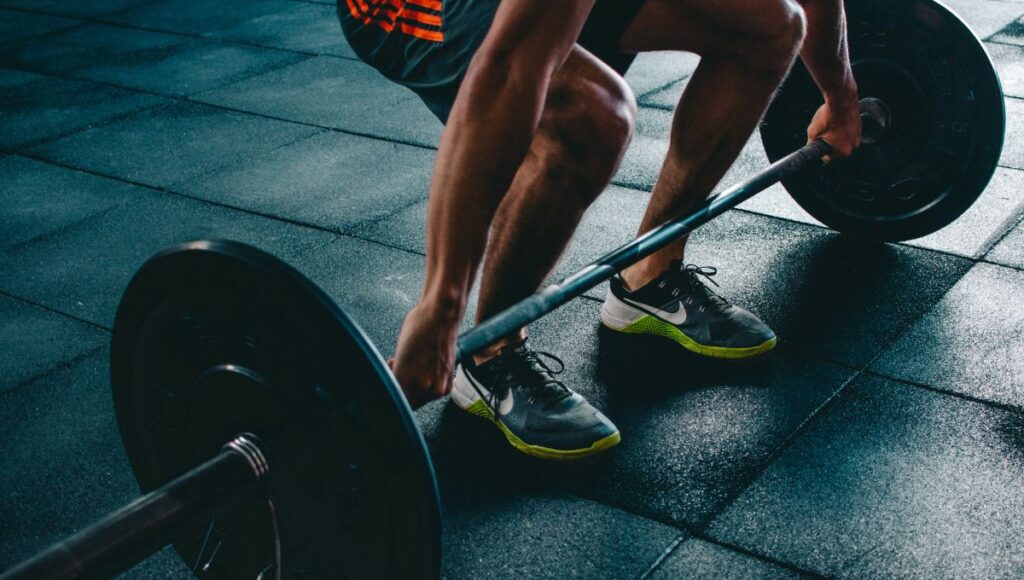
Next on our leg day menu are lunges—a fantastic exercise for building strength and improving balance.
Lunges work wonders for sculpting your quadriceps, hamstrings, glutes, and even engage stabilizer muscles in your hips.
To do lunges effectively, take a big step forward with one foot while bending both knees until they form 90-degree angles. Push through the heel of your front foot to return to the starting position and repeat on the other side. Now let’s shift our attention towards those abdominal muscles—our core champions!
On top of training legs, we want to look at training our core too. Planks are the ultimate test of core strength and endurance that works not only your abs but also engages several other muscle groups including shoulders, back, and glutes.
Maintain a straight line from head to heels by engaging your core and hold this position for as long as you can.
For a twist (pun intended) on traditional ab exercises, Russian twists are here to challenge your obliques and improve rotational stability. Sit on the floor with knees bent and feet elevated off the ground.
Lean back slightly while holding a weight or medicine ball in front of you. Twist your torso from side to side, tapping the weight or ball on either side of your body.
Remember to keep your core engaged throughout the movement for maximum effectiveness.
Finally we have hanging leg raises! This exercise targets not only your abs but also engages hip flexors and lower back muscles for enhanced stability.
Find a pull-up bar or use the captain’s chair apparatus at your gym. Hang freely with arms extended overhead and lift both legs up towards your chest by engaging your abdominals. Slowly lower them back down and repeat for a challenging set.
Day 4: Shoulders and Traps
The shoulder muscles, particularly the deltoids, play a crucial role in providing stability and strength during various exercises. To target these muscles effectively, incorporate exercises like the overhead press, lateral raises, and front raises into your shoulder workout routine.
Start with some light cardio to increase blood flow to the area, followed by dynamic stretches that focus on mobility in the shoulder joints. Incorporate movements like arm circles and shoulder rotations in different directions to enhance flexibility and prepare for heavier lifts later on.
The overhead press is a compound movement that engages multiple shoulder muscles simultaneously while also activating the triceps.
Lateral raises primarily target the medial deltoids, helping to widen the shoulders for a more aesthetically pleasing look. Front raises focus on the anterior deltoids, adding definition to the front of your shoulders.
Additionally, it’s important not to neglect your trapezius muscles when working on your upper body. These muscles run from the base of your skull down to the middle of your back and are responsible for stabilizing and rotating your shoulder blades.
Two key exercises for targeting traps are shrugs and upright rows. Shrugs can be performed using dumbbells or a barbell, where you lift your shoulders up towards your ears in controlled motions.
Upright rows involve pulling a barbell or dumbbells up towards your chin while keeping them close to your body.
Day 5: Cardiovascular Training
Day 5 of your workout split is all about cardiovascular training, a vital component of any well-rounded fitness routine.
Cardio exercises elevate your heart rate, improving cardiovascular endurance and burning calories to support weight management. There are numerous options to choose from, depending on your preferences and available resources.
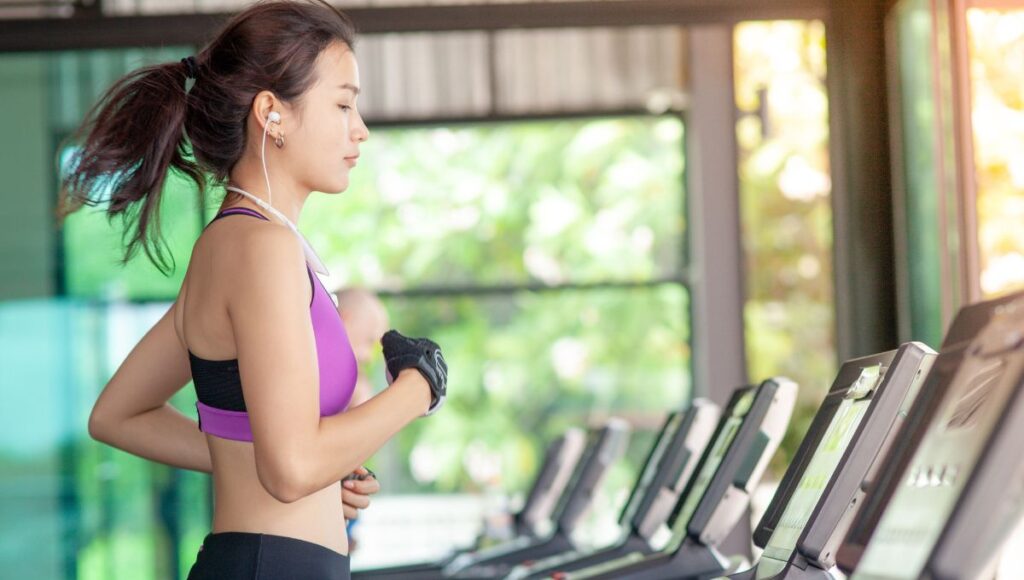
Running or jogging outdoors is an excellent way to connect with nature while getting your heart pumping. The changing scenery can help make your cardio sessions more enjoyable and reduce boredom.
Alternatively, if running outside isn’t feasible, treadmill workouts provide a controlled environment where you can adjust speed and incline settings to create varying intensities.
When it comes to cardiovascular training, the benefits go beyond weight management.
Regular cardio workouts strengthen your heart muscle, improve lung function, boost metabolism, reduce the risk of chronic diseases like heart disease and diabetes, and enhance overall mood and mental well-being.
To make the most of your cardio sessions, consider incorporating interval training by alternating between high-intensity bursts and lower-intensity recovery periods. This technique not only challenges your fitness level but also burns more calories in a shorter amount of time.
Remember that making cardio sessions enjoyable is key to maintaining consistency in your workout routine.
To keep things interesting, try listening to energizing music, your favorite tv shows, or engaging podcasts during your workouts. You can also vary the types of cardio exercises you do throughout the week or invite a friend for some healthy competition.
Day 6: Active Rest or Flex
Day 6 in our workout split is dedicated to active rest or flex – a day where you allow yourself some recovery while still engaging in light physical activities that promote mobility and flexibility. Active rest involves low-impact exercises that help improve blood circulation without excessively taxing muscles or joints.
Activities like yoga, Pilates, or light stretching routines can aid in maintaining flexibility, reducing muscle soreness, and preventing injuries. These exercises also encourage mindfulness by focusing on breath control and body awareness.
Flexibility training is an essential aspect of fitness that often gets overlooked. It not only improves joint range of motion but also enhances overall performance in other exercises.
Engaging in activities like static stretching or using foam rollers can help release tension in tight muscles and improve your overall flexibility. Remember to listen to your body during active rest days and adjust the intensity based on how you feel.
The goal is to promote recovery while still staying active to maintain your momentum. These days provide a well-deserved break from intense workouts while still keeping you on track with your fitness goals.
Conclusion
Taking care of your body throughout the process ensures optimal results over time without sacrificing your well-being.
Your commitment to the best 6 day workout split will yield remarkable transformations both physically and mentally. Stay consistent, stay motivated, and embrace the power of a well-rounded exercise routine!


